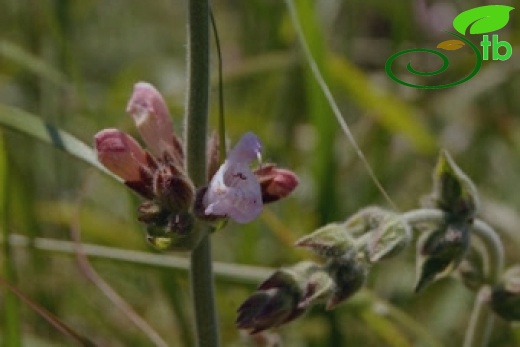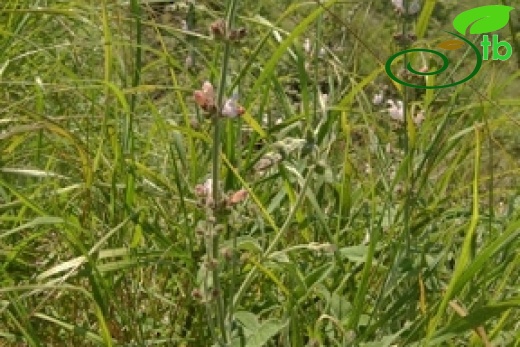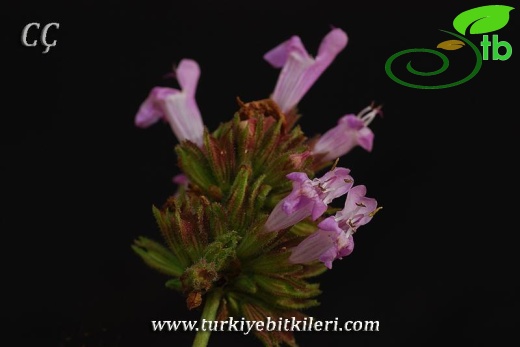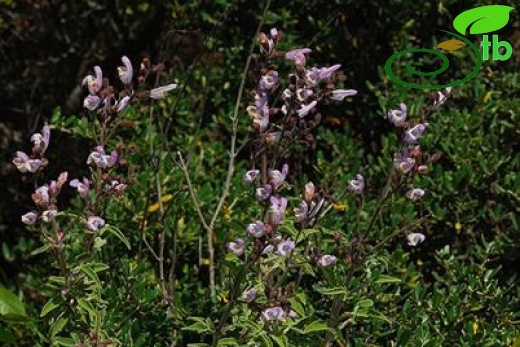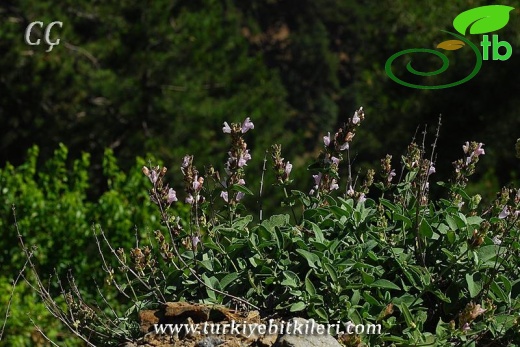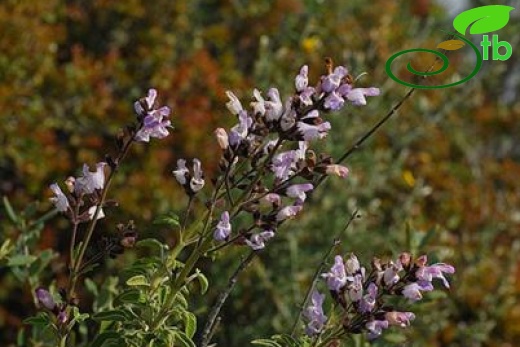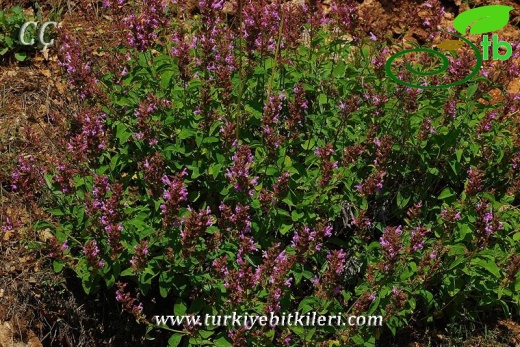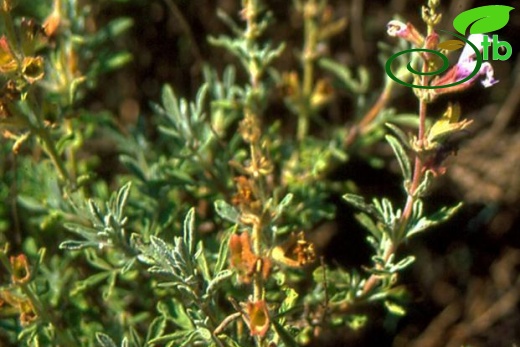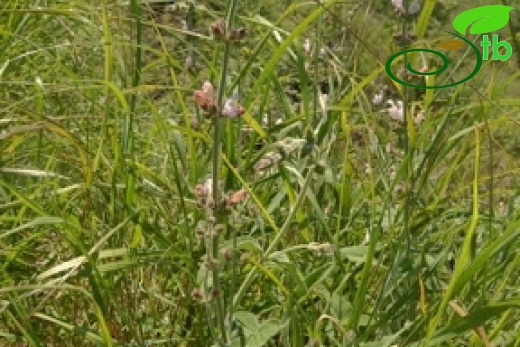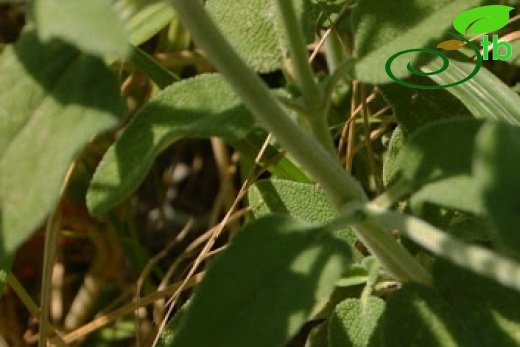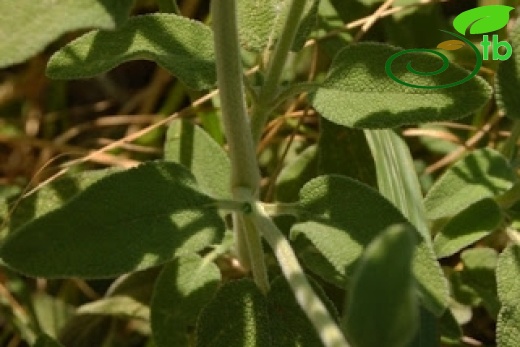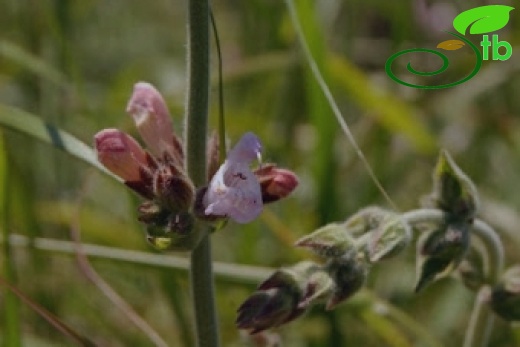Salvia fruticosa
Salvia fruticosa
Adaçayı
Shrub to 1 m, much branched. Stems ± eglandular-lanate below, glandular pilose to eglandular or almost glabrous above. Leaves simple or trilobed with or without small lateral segments, ovate-oblong, c. 2-5 x 0.75-2 cm, rugulose, crenulate, lower surface white tomentose to velutinous; petiole 0.5-3 cm, Verticillasters 2-8-flowered, approximating above. Bracts ovate, c. 7 x 3 mm, soon deciduous; bracteoles present, deciduous. Pedicels c. 2 mm, erecto-patent. Calyx tubular-campanulate, c. 9 mm, often purplish, densely glandular; upper lip shorter, tridentate; lips convergent in fruit. Corolla mauve, rarely white, 20-25 mm; tube ± straight, widening towards throat, annulate; upper lip straight. Stamens A. Nutlets obovate spherical, c. 3 x 2.5 mm. 2n = 14. Fl. 3-5. Macchie or phrygana among limestone rocks, s.l.-700 m.
Italy, Sicily, Balkans, Cyrenaica, W. Syria, Cyprus. E. Medit. element. Galled specimens are not infrequent. The flowers are used for flavouring or making tea.


